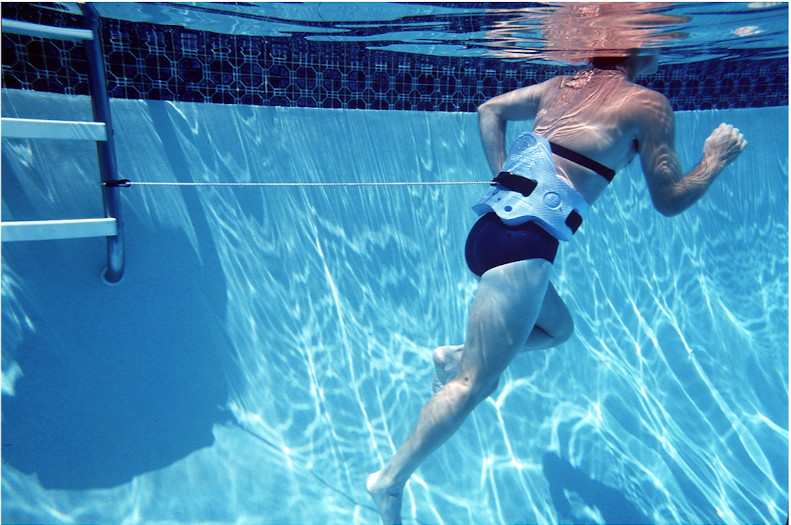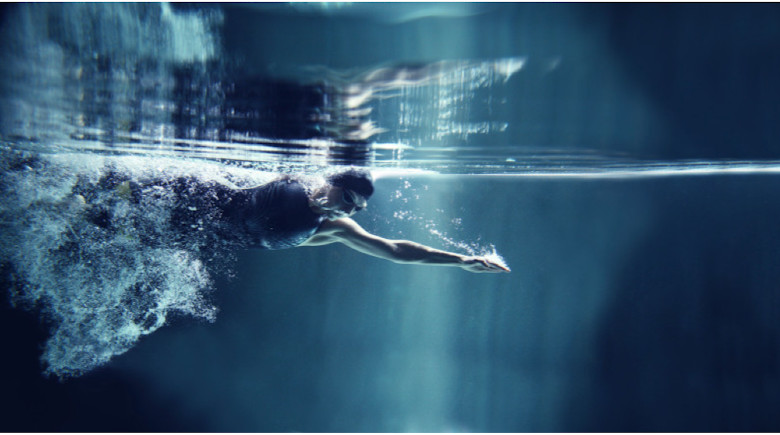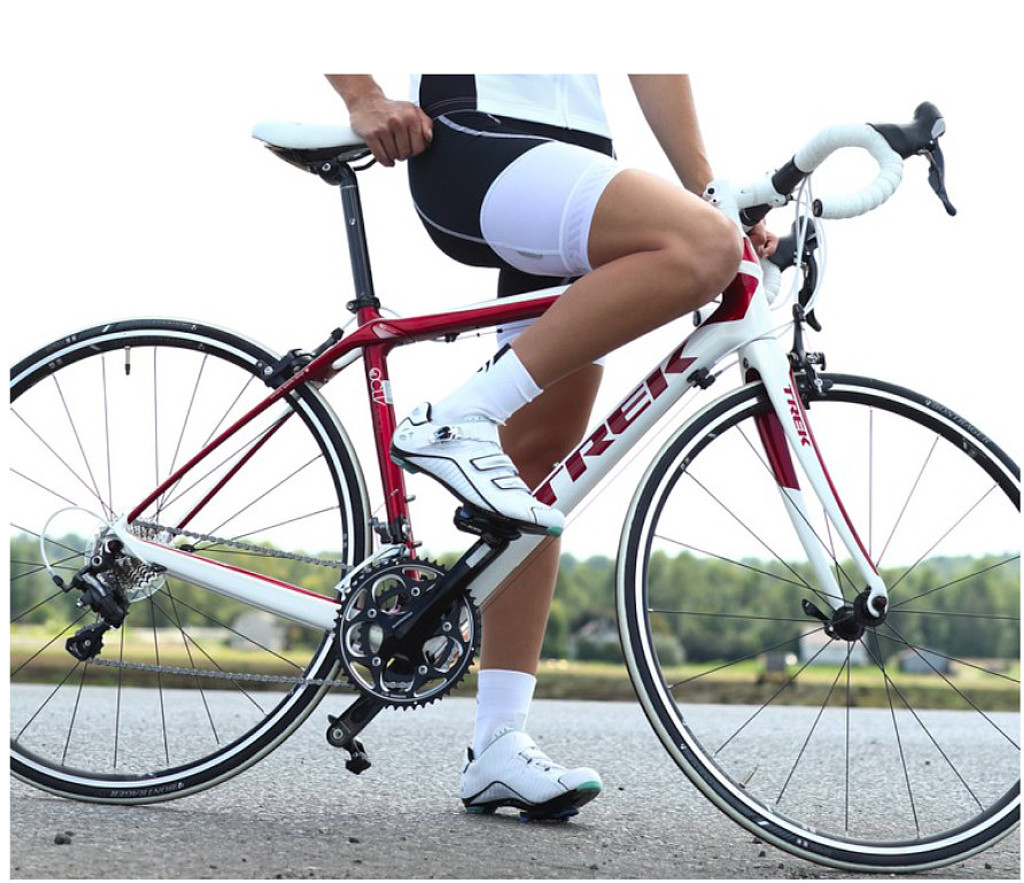Running News Daily
Running News Daily is edited by Bob Anderson. Send your news items to bob@mybestruns.com Advertising opportunities available. Train the Kenyan Way at KATA Kenya and Portugal owned and operated by Bob Anderson. Be sure to catch our movie A Long Run the movie KATA Running Camps and KATA Potato Farms - 31 now open in Kenya! https://kata.ke/
Index to Daily Posts · Sign Up For Updates · Run The World Feed
What's the best alternative to running when you're injured?
Most runners will experience some form of injury at one point or another that prevents them from training, whether that be for a few days, weeks or even months. This, of course, can be very frustrating, and many will look for an alternative to running in order to maintain their fitness while they rehab their injury. There are plenty of options here to choose from, but which one is best? We’ve broken down some of the most common choices to help you pick the best option for you.
Cycling


The great thing about cycling is that the fitness you gain on the bike can translate very well to running, and since it’s a non-weight-bearing activity, it’s a great option for injured runners. Cycling can also strengthen areas of the body where runners can sometimes be weak, like the quads, outer hips and glutes, which can help prevent other injuries in the future.
Cycling is also one of the most accessible options for injured runners, and those who aren’t comfortable out on the roads can opt to use a stationary bike inside if they have one. Most gyms have stationary bikes as well, so if you have a gym membership, now is a great time to use it. There are a few drawbacks to cycling, and depending on your injury, the bike could make it worse. There is also a learning curve when it comes to adapting your running workouts to the bike, and if you’re cycling indoors, the stationary bike can be pretty boring.
Elliptical
The elliptical is another good option for injured runners who have a gym membership, since not very many people have one in their homes. The best part about the elliptical is that it very closely mimics the motion of running, without the pounding associated with hitting the pavement. Like with the stationary bike, the drawback here is that it can be very monotonous. Some people prefer to use an assault bike, which can be less boring, but they aren’t as common in most gyms and so tend to be less accessible for the average runner.
Pool running
Pool running, or aqua jogging, allows you to run while removing the full effect of gravity. It’s a good option because it gives you the opportunity to work on your form and get your heart rate up with little to no impact on your joints. The biggest benefit to pool running is it is most similar to actual running in respect to your movement and biomechanics and you can replicate just about any type of running workout in the pool, from tempos to intervals to long runs. The downside, of course, is that it can be very boring, and you do need access to a pool in order to do it.
Swimming
Most people find swimming more interesting than pool running, and it can be a very good full-body workout. The downside is that unless you’re already a proficient swimmer, it can be difficult to get a true aerobic workout from swimming. For this reason, it is better as a supplement to other types of cross-training.
The Alter-G treadmill
The Alter-G treadmill involves running on a treadmill while your entire lower body is encompassed in a chamber that allows you to reduce the amount of gravity (or pressure) on your body to take you from 100 per cent bodyweight down to as little as 20 per cent body weight. It’s great because it allows you to get back to running faster, while still protecting yourself from impact. Of course, just like running on a regular treadmill, the Alter-G can get very boring, but in this case the boredom will cost extra. One of these machines can cost anywhere from $35,000-$75,000, which makes them prohibitively expensive for most people. Most people will instead use one at sports medicine or rehab clinic, but they can be difficult to locate and will still set you back about $35 to $50 per session.
So which should you choose?
The type of cross-training you choose will depend on a number of factors, including the type and severity of your injury, what you have available to you and of course, your own preference. When it comes to cost, accessibility and efficacy, most runners will find cycling, the elliptical and pool running to be their best bet, but our list doesn’t include every running alternative out there, so make sure you talk to a physiotherapist or sports medicine practitioner before beginning a cross-training regime, as they’ll be able to guide you to which option is best for your specific injury.
Login to leave a comment




